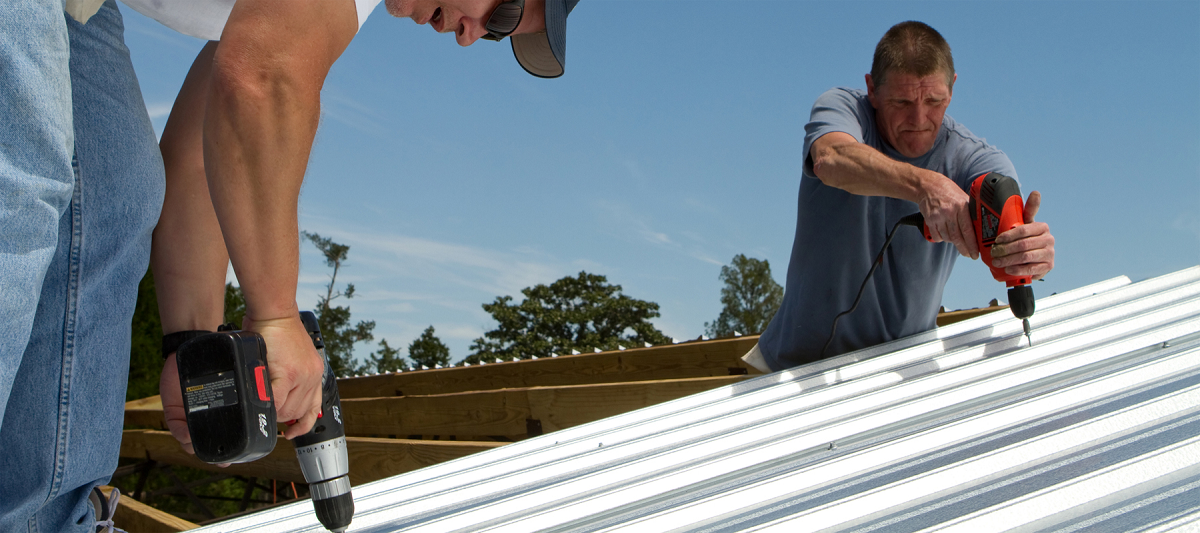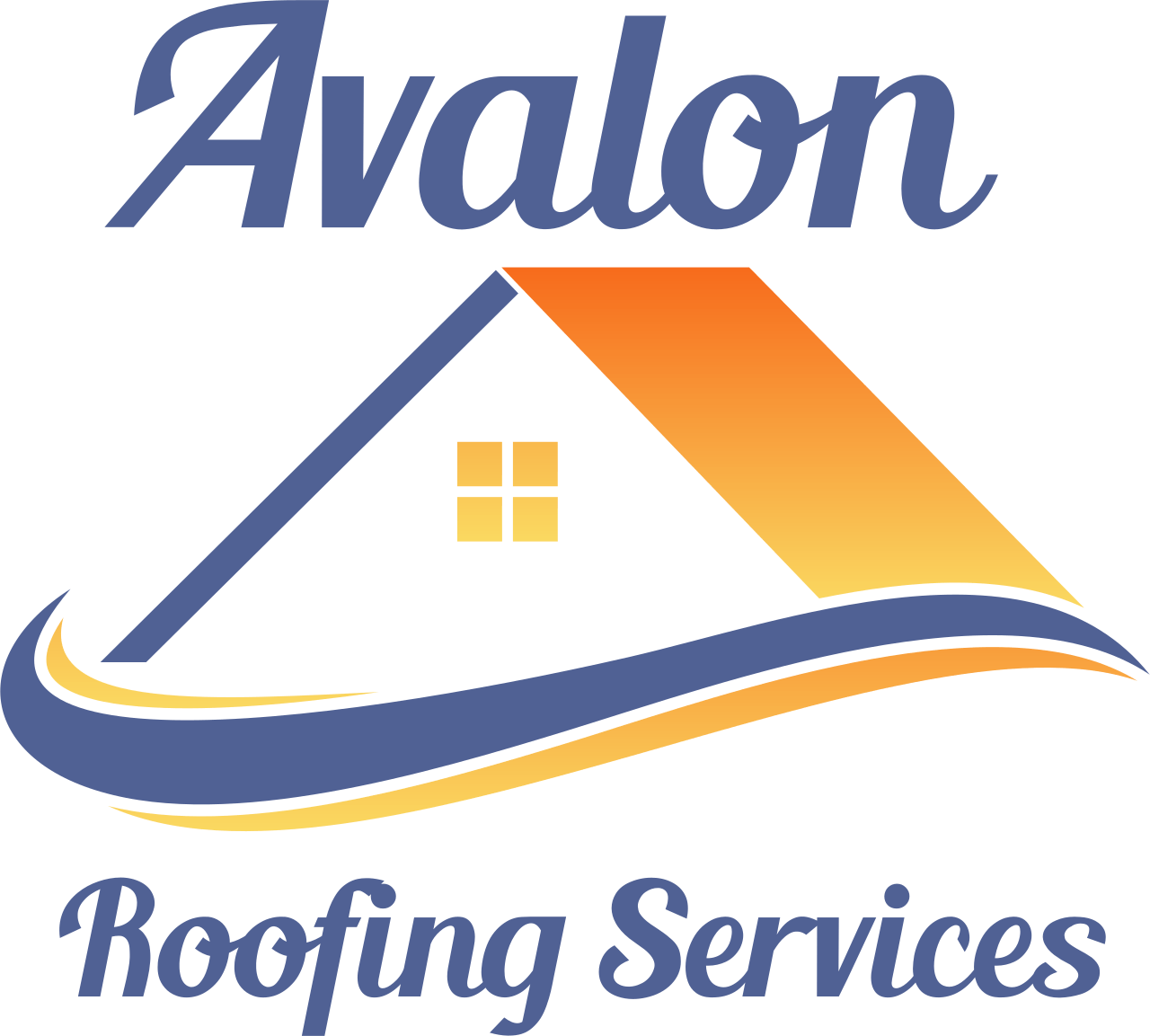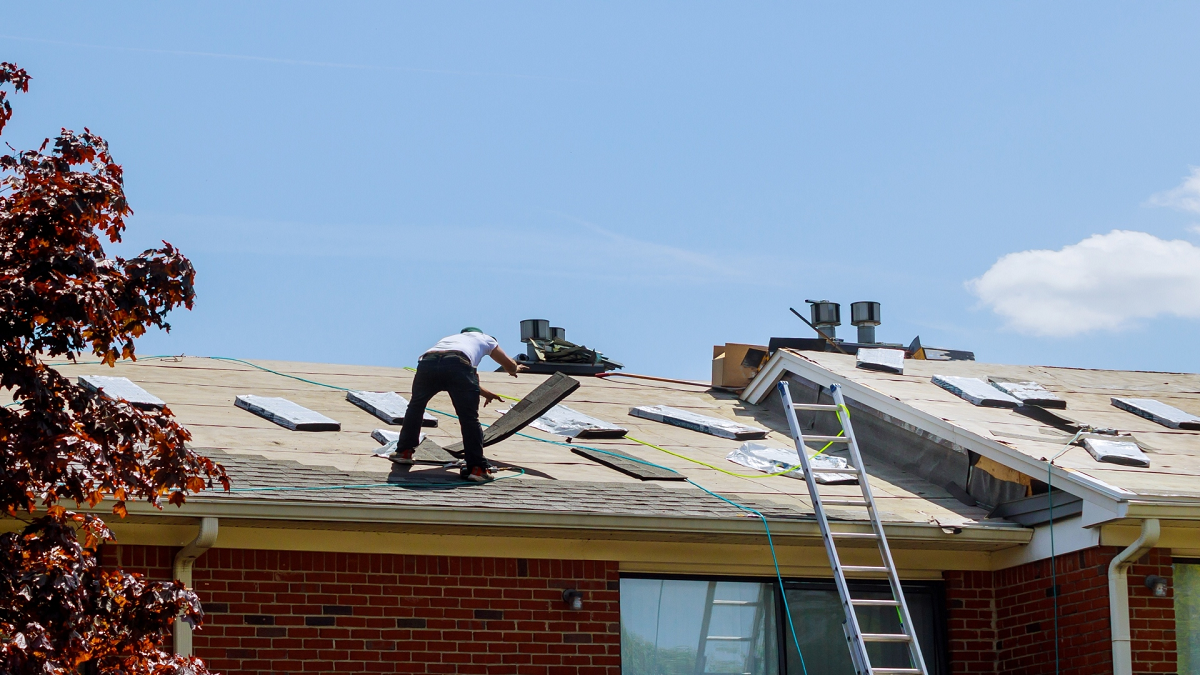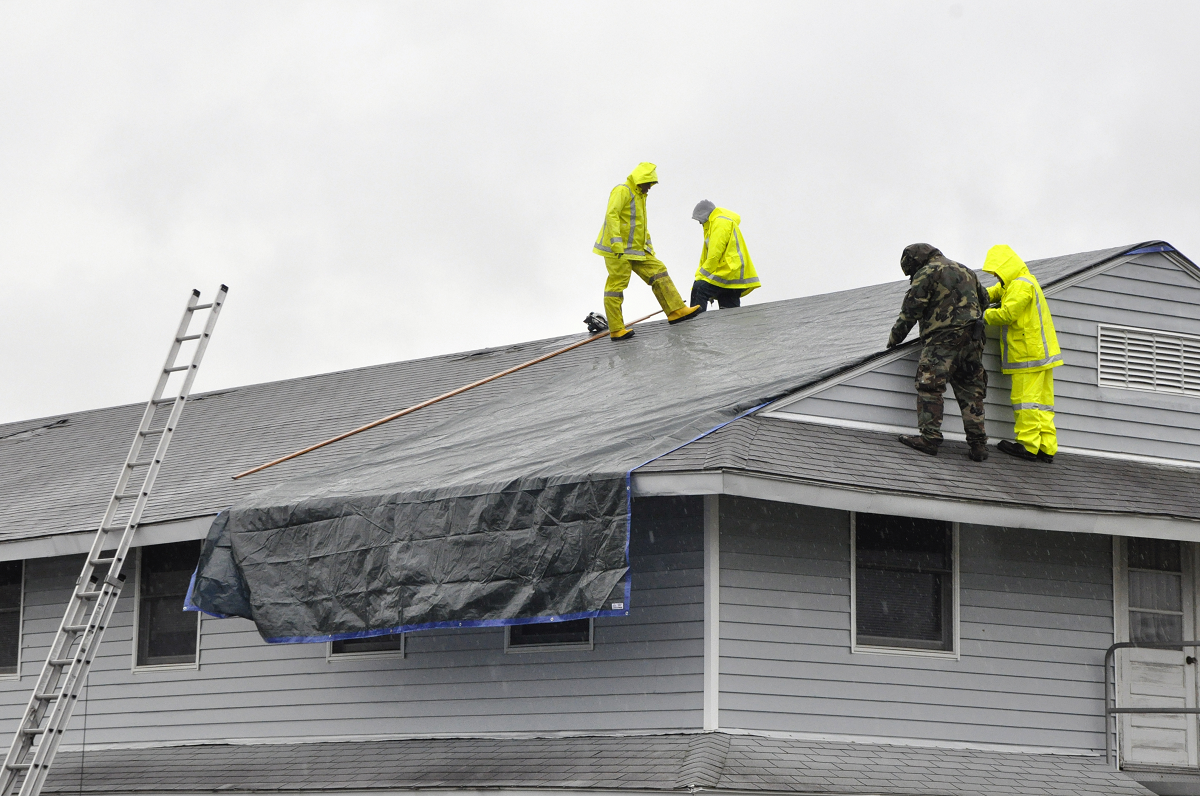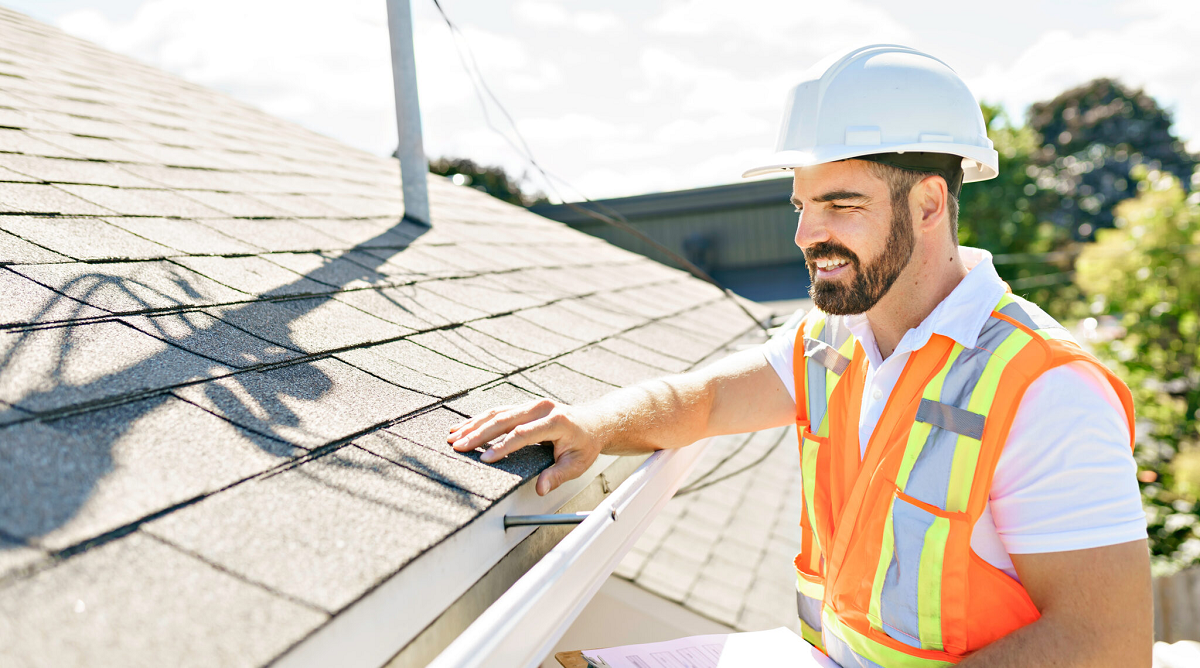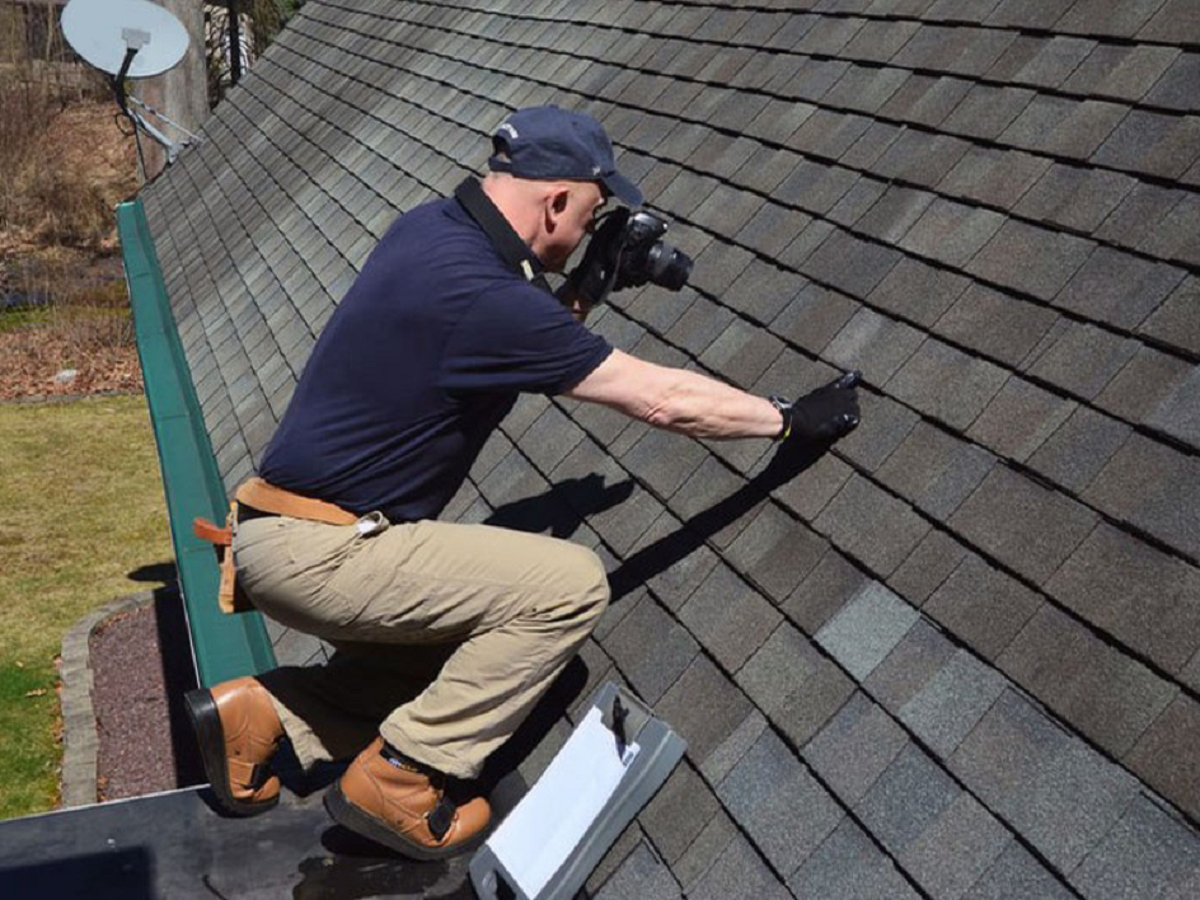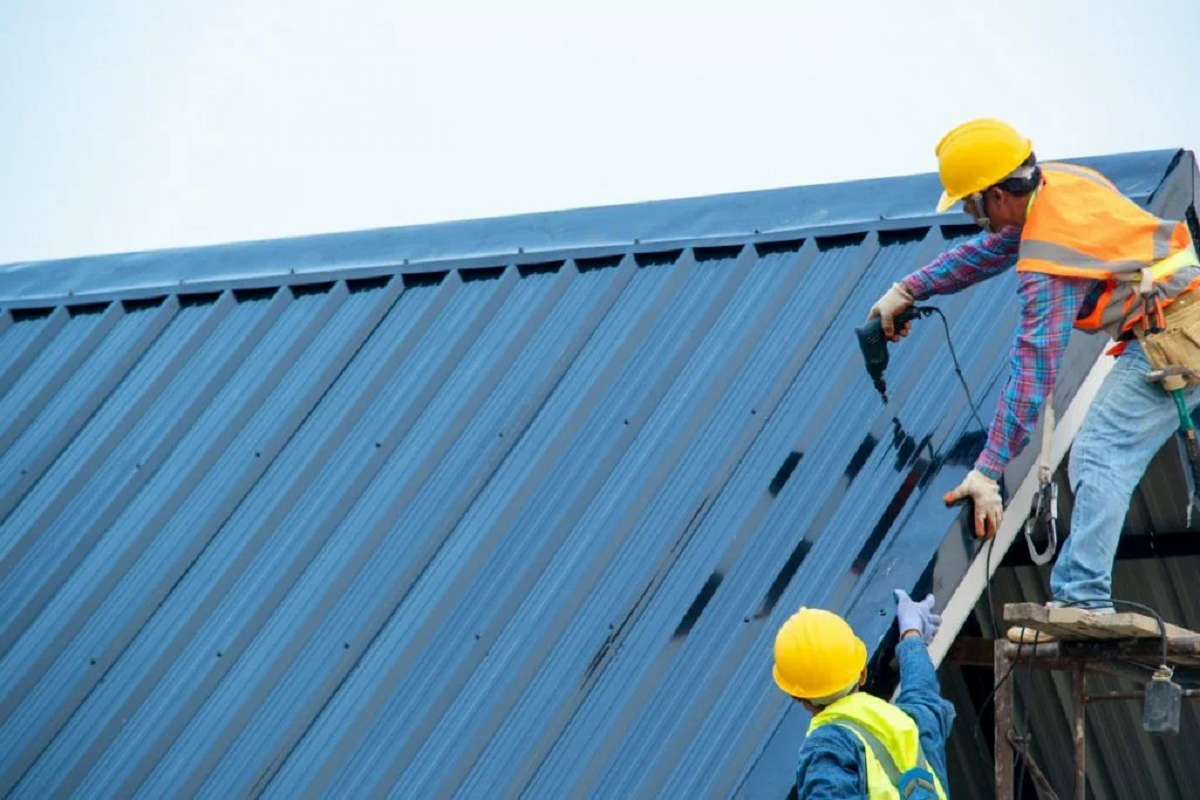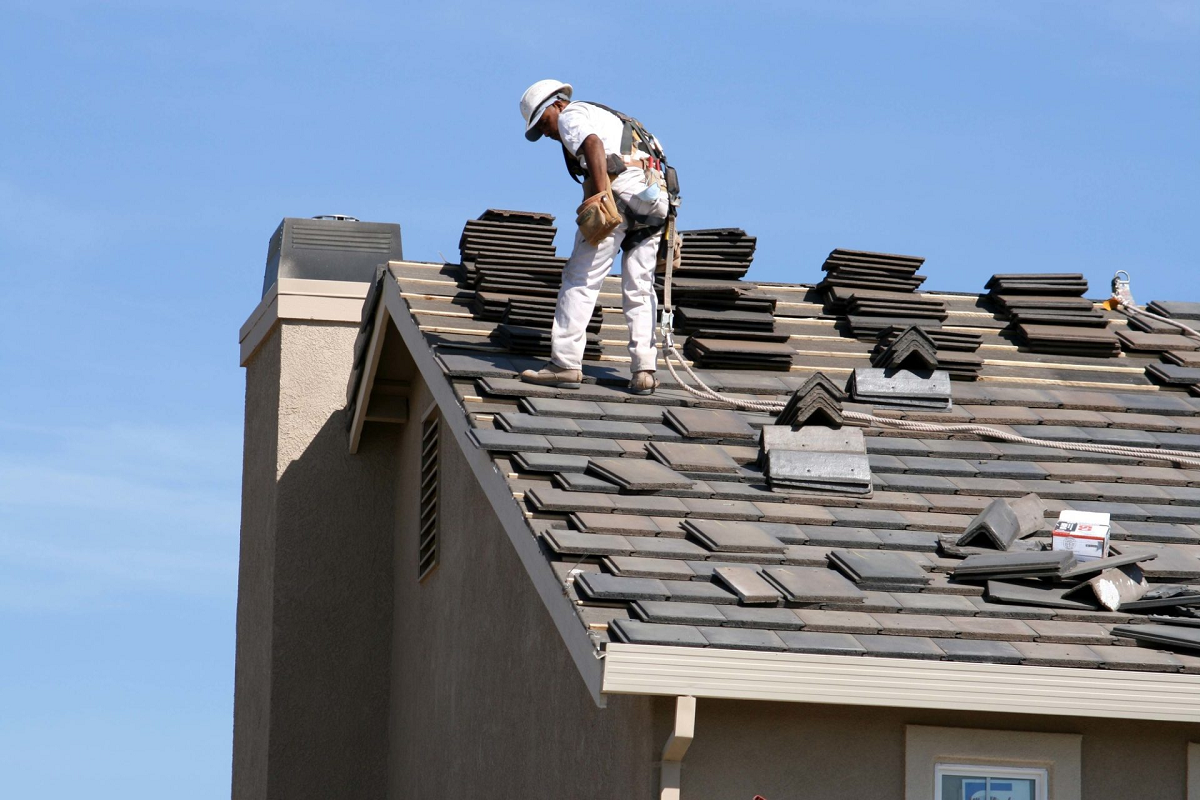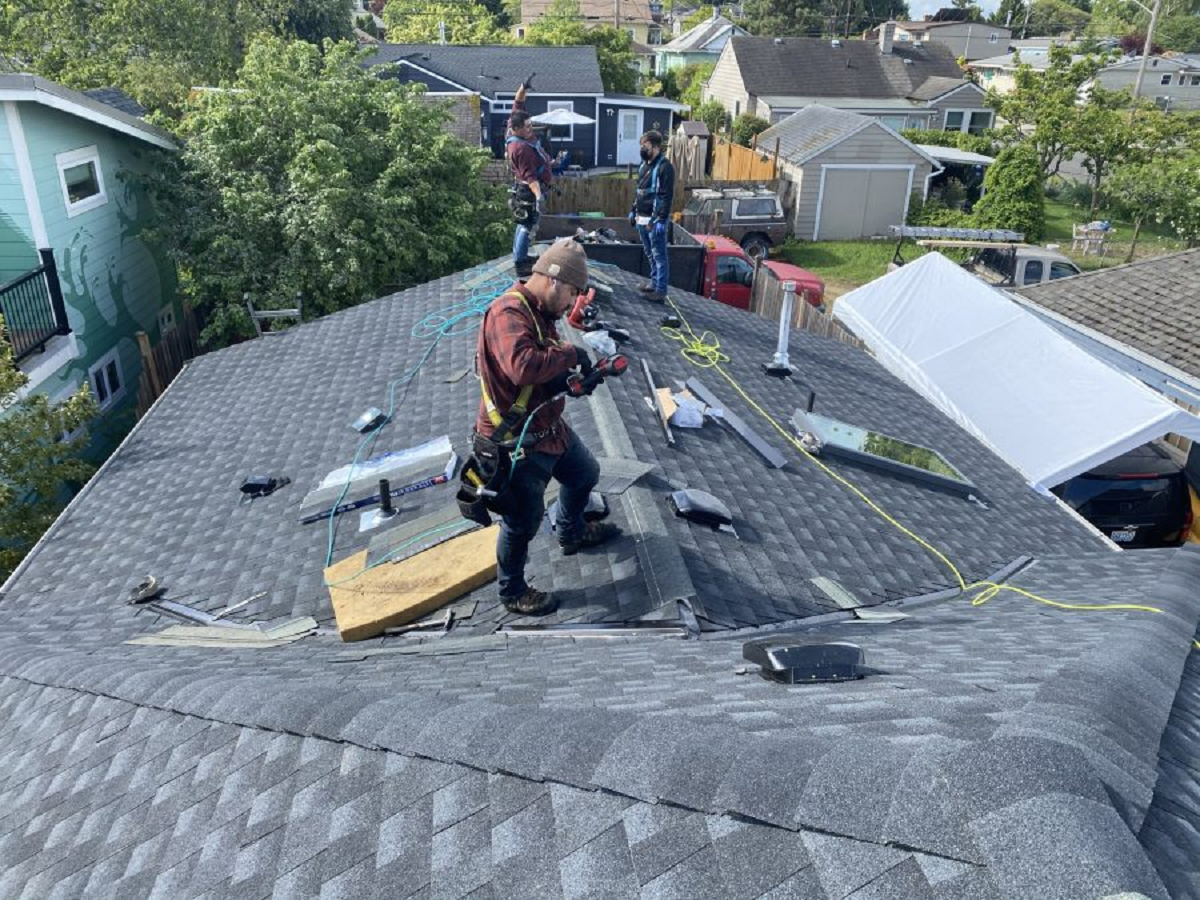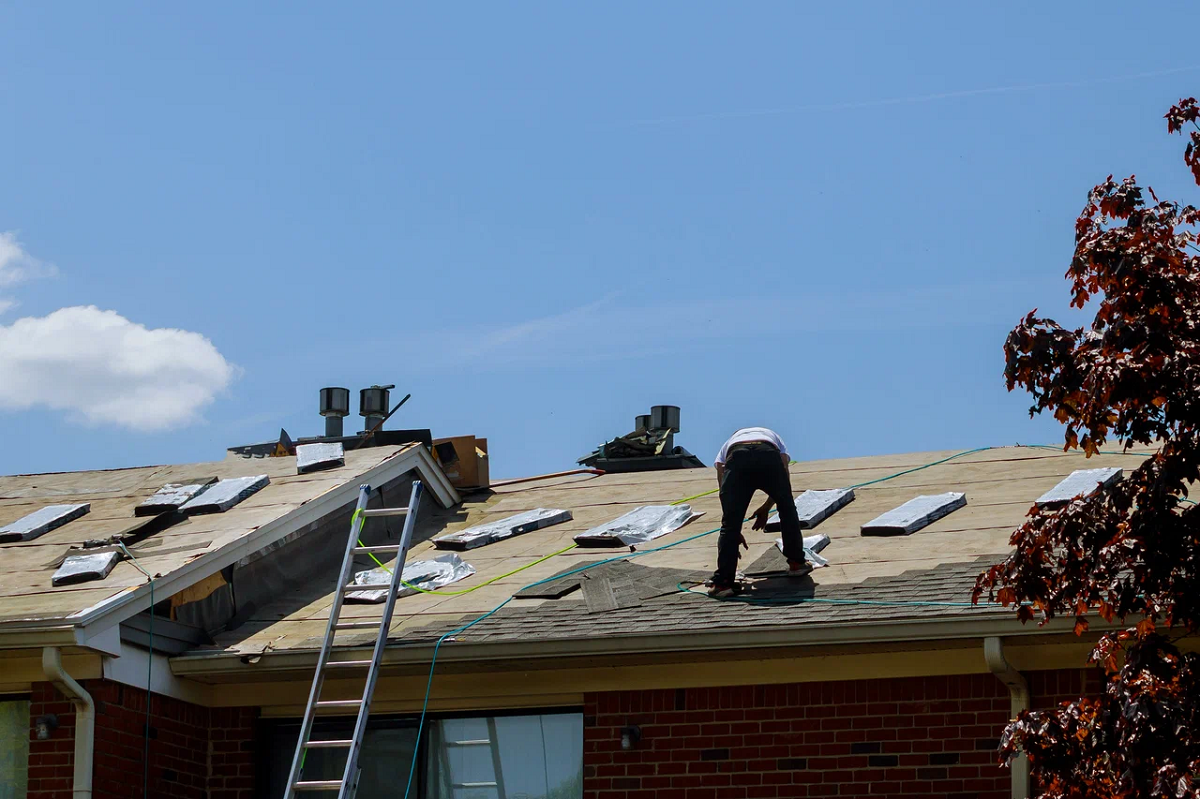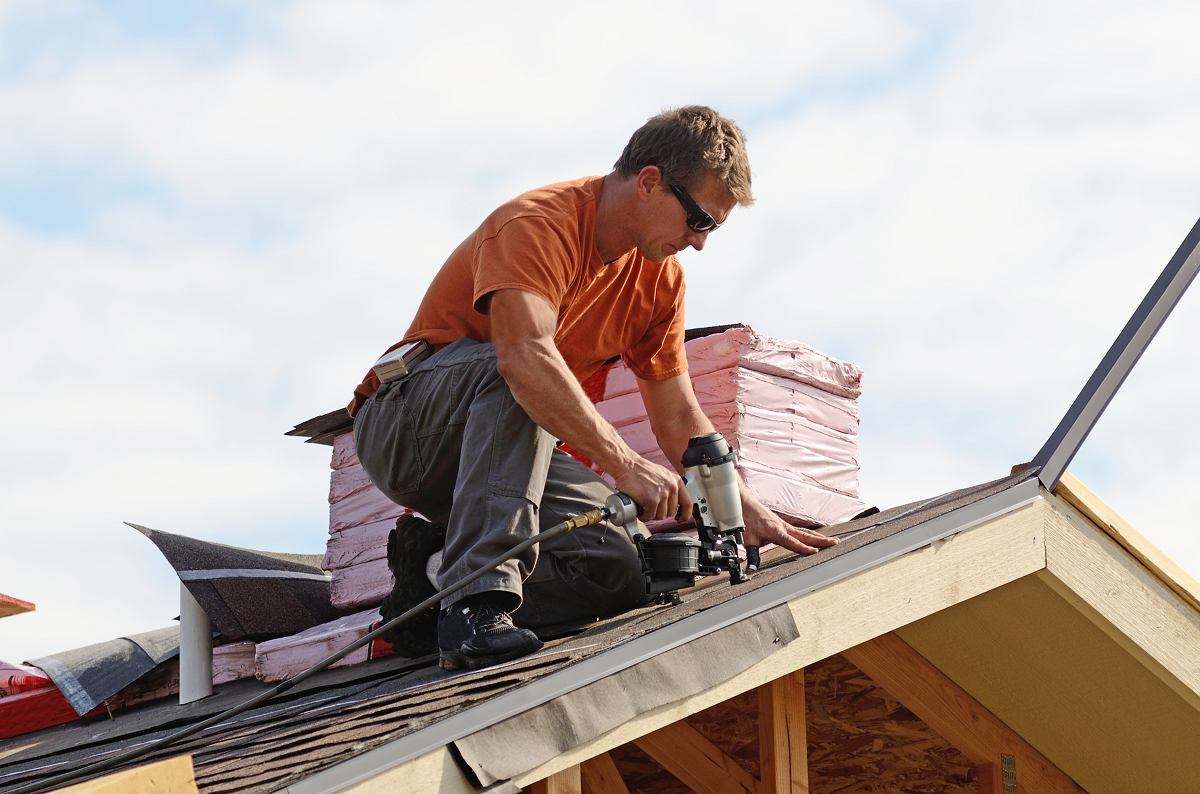The Impact Of Ventilation On Avalon Roofing Performance
Welcome to the heart of roofing science, where the secret to Avalon roofing's exceptional performance is unveiled. In the world of roofing, Avalon has established itself as a symbol of durability, elegance, and reliability. However, there's a crucial yet often overlooked factor that plays a pivotal role in unlocking the full potential of Avalon roofs – ventilation.
In this blog post, we embark on a journey to explore the intricate relationship between ventilation and Avalon roofing performance. Roofing is not just about shingles and materials; it's a dynamic system that requires thoughtful consideration of various elements. Ventilation, often deemed as the unsung hero, is the key to ensuring that your Avalon roof thrives for years to come.
We'll delve into the basics of Avalon roofing, understanding its unique features and the science behind how ventilation contributes to its overall functionality. It's time to demystify the misconceptions surrounding roof ventilation and recognize its critical role in temperature regulation and moisture control.
As we navigate through the blog, we'll discuss the telltale signs of poor ventilation, showcase the advantages of proper airflow, and provide insights into industry best practices. Through real-life case studies, expert perspectives, and practical solutions, you'll gain a comprehensive understanding of why ventilation isn't just an option – it's a necessity for maximizing the potential of your Avalon roof.
Join us on this enlightening journey as we uncover the impact of ventilation on Avalon roofing performance and empower you to make informed decisions for the longevity and efficiency of your roofing investment.
The Basics Of Avalon Roofing
Avalon roofing stands as a testament to innovation and durability in the realm of roofing systems. As a leading player in the industry, Avalon roofing is characterized by a diverse range of materials and designs tailored to meet the ever-evolving needs of homeowners and businesses alike.
At its core, Avalon roofing utilizes high-quality materials such as asphalt, metal, and synthetic polymers, each chosen for its specific advantages in terms of durability, weather resistance, and aesthetic appeal. The selection of materials is crucial in ensuring that Avalon roofs can withstand the diverse challenges posed by different climates and environmental conditions.
One of the standout features of Avalon roofing is its emphasis on versatility. Whether you're looking for a traditional shingle roof that exudes timeless charm or a modern metal roof for a sleek and contemporary aesthetic, Avalon provides options that cater to various architectural styles and preferences.
Beyond aesthetics, Avalon roofing incorporates advanced engineering to enhance performance. This includes features such as impact resistance, UV protection, and energy-efficient designs, ensuring that homeowners not only have a durable roof but also one that contributes to energy savings and environmental sustainability.
In essence, the basics of Avalon roofing lie in its commitment to quality materials, versatility in design, and integration of advanced technologies. Whether facing harsh weather conditions or aiming for an eco-friendly roofing solution, Avalon roofing sets a high standard for excellence in the roofing industry.
The Science Behind Roof Ventilation
Roof ventilation is a critical component of a well-designed roofing system, and understanding the science behind it unveils its importance in maintaining a healthy and durable structure. At its core, roof ventilation is about creating a balanced airflow that regulates temperature and moisture within the attic space.
During hot weather, the sun's intense rays can cause the temperature in the attic to soar. Without proper ventilation, this heat becomes trapped, leading to an overheated attic and potentially affecting the entire home's internal climate. Adequate ventilation allows for the expulsion of hot air, preventing the accumulation of heat and reducing the strain on air conditioning systems. This not only enhances energy efficiency but also contributes to lower utility bills.
Furthermore, in colder weather, proper roof ventilation prevents the buildup of moisture in the attic. When warm air from inside the house meets the cold attic space, condensation can occur. Without ventilation, this moisture can lead to issues such as mold growth, rotting wood, and insulation damage. By facilitating the exchange of air, ventilation helps maintain optimal humidity levels, safeguarding the structural integrity of the roofing system.
The science of roof ventilation also involves the principle of stack effect, where warm air rises and exits through vents at the top of the roof, creating a natural suction that draws in cooler air through vents at the lower parts. This constant flow of air prevents the attic from becoming a breeding ground for problems associated with extreme temperatures and humidity, ensuring the longevity and performance of the entire roofing structure. In essence, understanding the science behind roof ventilation reveals its role as a fundamental aspect of a well-functioning and sustainable roofing system.
Signs Of Poor Ventilation In Avalon Roofs
Excessive Heat in Attic Spaces:
- Unusually high temperatures in the attic, especially during hot weather.
- Heat buildup can lead to accelerated aging of roofing materials.
Ice Dams in Winter:
- Formation of ice dams along the eaves during winter.
- Inadequate ventilation can cause uneven melting and refreezing of snow, leading to ice dam formation.
Mold and Mildew Growth:
- Presence of mold or mildew in the attic or on the underside of the roof deck.
- Poor ventilation can trap moisture, creating a conducive environment for mold and mildew.
Excessive Condensation:
- Visible condensation on the interior surfaces of the roof or attic.
- Condensation is a sign of high humidity levels, which can be exacerbated by inadequate ventilation.
Peeling Paint or Wallpaper:
- Paint or wallpaper peeling on the interior walls or ceilings.
- Moisture buildup due to poor ventilation can affect the integrity of interior finishes.
Roof Deck Warping or Buckling:
- Deformation or warping of the roof deck materials.
- Inadequate ventilation may lead to the expansion and contraction of the roof deck, causing structural issues.
Unexplained Increase in Energy Bills:
- Higher energy costs for heating and cooling.
- Poor ventilation can contribute to an inefficient thermal barrier, requiring more energy to regulate indoor temperatures.
Musty Odors:
- Unpleasant and musty smells in the attic or living spaces.
- Odors may indicate the presence of mold or stagnant air caused by poor ventilation.
Visible Water Stains:
- Stains on the ceilings or walls, indicating water leaks.
- Inadequate ventilation can lead to moisture accumulation, eventually causing leaks.
Premature Aging of Roofing Materials:
- Early deterioration of roofing materials such as shingles, underlayment, or insulation.
- Poor ventilation accelerates the aging process, reducing the lifespan of the roofing system.
Homeowners and roofing professionals should be vigilant in identifying these signs to address ventilation issues promptly, ensuring the longevity and performance of Avalon roofs. Regular inspections and maintenance can help mitigate potential problems associated with poor ventilation.
Advantages Of Proper Ventilation
Extended Roof Lifespan:
- Adequate ventilation helps regulate temperature and moisture levels, preventing the accumulation of heat and humidity. This, in turn, reduces the risk of premature aging and deterioration of roofing materials, contributing to an extended lifespan for Avalon roofs.
Energy Efficiency:
- Proper ventilation promotes better air circulation, which can help regulate the temperature inside the attic or roofing space. This can result in reduced heat buildup during hot weather, leading to lower cooling costs for the entire building.
Prevention of Moisture Damage:
- Effective ventilation mitigates the risk of condensation by allowing moist air to escape from the roofing structure. This prevents the formation of mold, mildew, and rot, safeguarding the structural integrity of the roofing materials.
Improved Indoor Comfort:
- Ventilation helps maintain a more comfortable indoor environment by preventing excessive heat buildup. This is particularly beneficial for areas with living spaces directly beneath the roof, enhancing the overall comfort of the home.
Reduced Energy Consumption:
- By regulating the temperature within the roofing system, proper ventilation reduces the workload on HVAC systems. This results in lower energy consumption for both heating and cooling, leading to cost savings for homeowners.
Enhanced Air Quality:
- Ventilation contributes to better indoor air quality by preventing the buildup of pollutants, allergens, and stale air within the roofing structure. This is especially important for homes with HVAC systems connected to the attic.
Prevention of Ice Dams:
- In colder climates, proper ventilation helps prevent the formation of ice dams on the roof. By maintaining a consistent temperature, ventilation reduces the likelihood of snow melting and refreezing at the roof edges, which can lead to water damage.
Compliance with Building Codes:
- Many building codes and standards require proper ventilation in roofing systems. Ensuring compliance with these regulations not only avoids legal issues but also indicates a commitment to quality construction and homeowner safety.
Preservation of Insulation Effectiveness:
- Adequate ventilation prevents excessive heat in the attic, preserving the effectiveness of insulation. This ensures that insulation materials perform optimally in maintaining desired indoor temperatures.
Mitigation of Structural Issues:
- Proper ventilation minimizes the risk of structural issues such as warping and buckling of roofing materials. This is particularly important in areas prone to temperature extremes.
In summary, the advantages of proper ventilation in Avalon roofing systems encompass not only the preservation of the roof's structural integrity but also extend to energy efficiency, indoor comfort, and overall homeowner well-being.
Best Practices For Ventilating Avalon Roofs
A. Assess Roof Design and Structure
- Conduct a thorough evaluation of the Avalon roof's design and structure to determine the appropriate ventilation needs.
- Consider factors such as roof pitch, insulation, and material type when planning for ventilation.
B. Use a Balanced Ventilation System
- Employ a balanced combination of intake and exhaust vents to ensure proper airflow.
- Intake vents, such as soffit vents, allow fresh air into the attic, while exhaust vents, like ridge vents or gable vents, facilitate the exit of stale air.
C. Calculate Ventilation Requirements
- Calculate the required ventilation based on the size and specifications of the Avalon roof.
- Follow industry standards and guidelines to determine the appropriate amount of intake and exhaust ventilation for optimal performance.
D. Choose Quality Ventilation Products
- Select high-quality ventilation products that are suitable for Avalon roofing systems.
- Ensure that vents are durable, weather-resistant, and designed to provide consistent airflow over the long term.
E. Maintain Clear Attic Spaces
- Keep the attic space clear of obstructions to allow for unimpeded airflow.
- Remove any debris, insulation blockages, or other obstacles that may hinder the ventilation process.
F. Implement Proper Installation Techniques
- Follow manufacturer recommendations for the installation of ventilation components.
- Ensure that vents are correctly positioned, sealed, and integrated into the roofing system to prevent air leaks.
G. Consider Climate and Weather Conditions
- Adapt ventilation practices based on the climate and weather conditions in the region.
- Account for seasonal variations and adjust ventilation strategies accordingly to maintain a comfortable and efficient roofing system.
H. Regularly Inspect and Maintain
- Establish a routine inspection schedule to assess the condition of ventilation components.
- Address any issues promptly, such as damaged vents, clogs, or signs of poor ventilation, to prevent long-term damage.
I. Monitor Attic Temperature and Humidity
- Use temperature and humidity monitoring tools to gauge the effectiveness of the ventilation system.
- Adjust ventilation settings as needed to maintain optimal attic conditions and prevent issues like mold or heat-related damage.
J. Consult with Roofing Professionals
- Seek guidance from experienced roofing professionals during the planning and installation stages.
- Collaborate with experts to ensure that ventilation practices align with Avalon roofing specifications and industry best practices.
In conclusion, proper ventilation is the unsung hero of Avalon roofing. From understanding its science to implementing key practices, we've revealed the secrets to a resilient roof. For homeowners and contractors, this is a call to action – invest in ventilation as much as you do in materials. By following these practices, you're ensuring not just a roof but a lasting, energy-efficient home. Remember, the hidden elements are as crucial as the visible ones. Elevate your roofing practices, and may your Avalon roof stand as a testament to the blend of design, quality, and ventilation for enduring strength.
